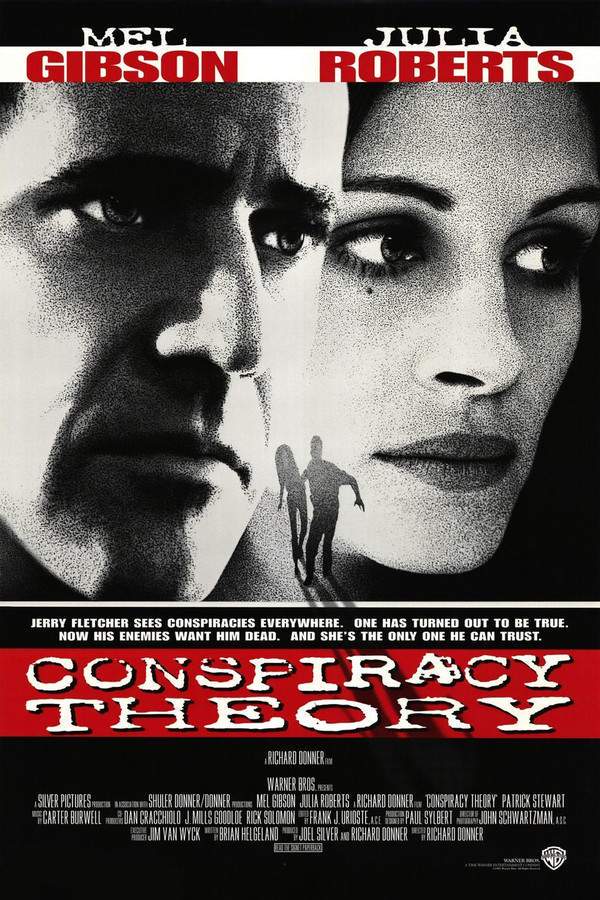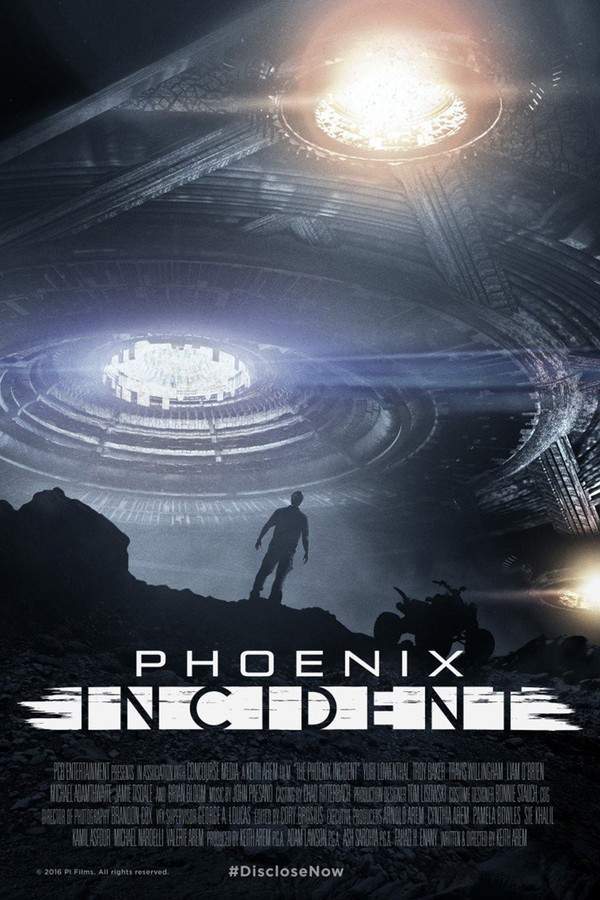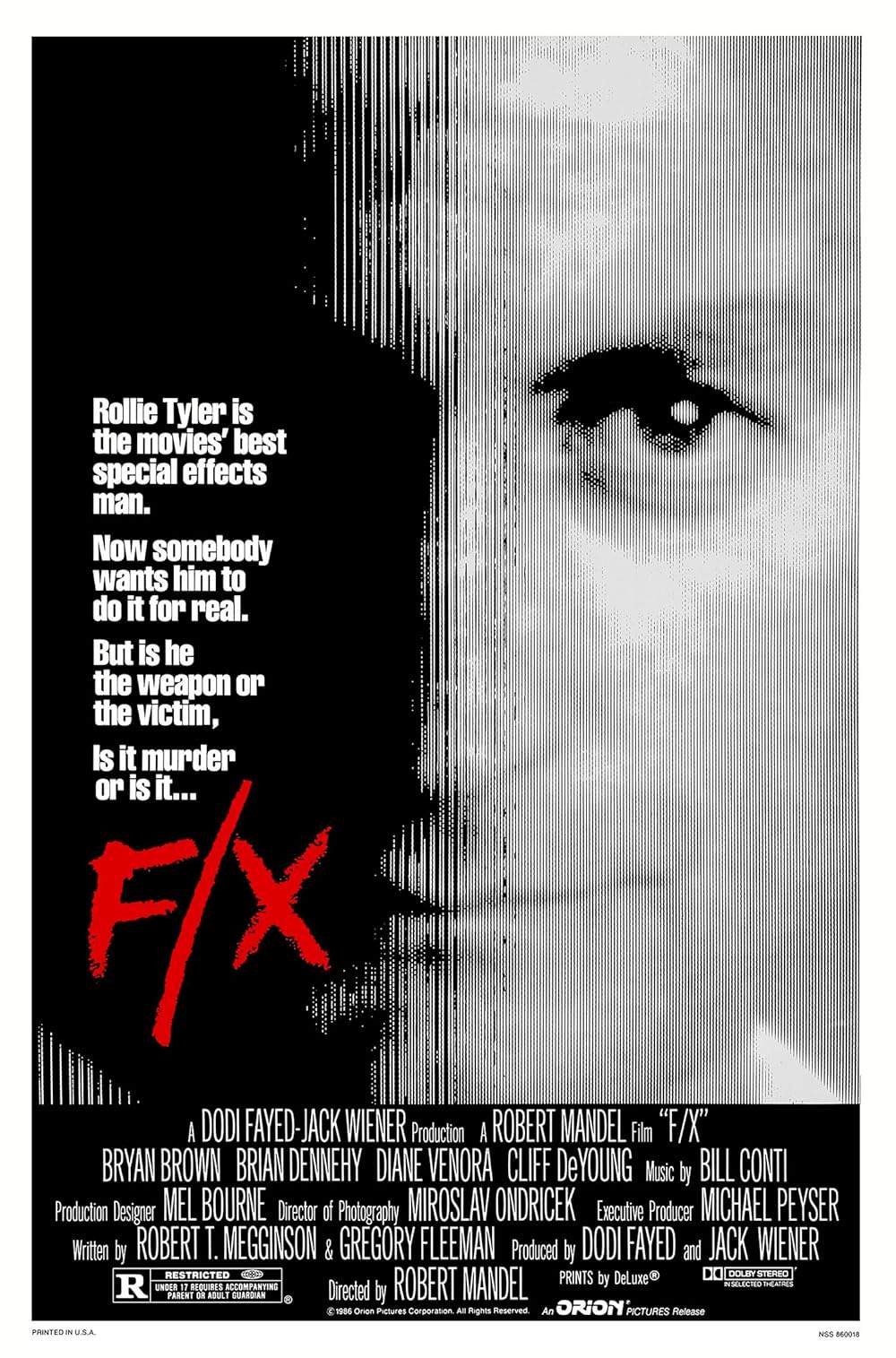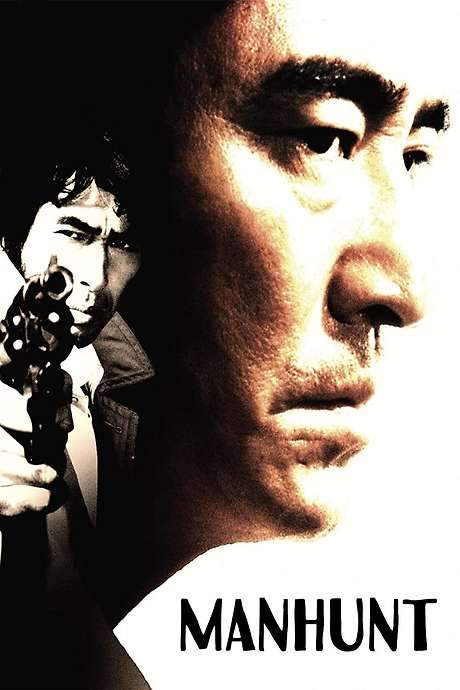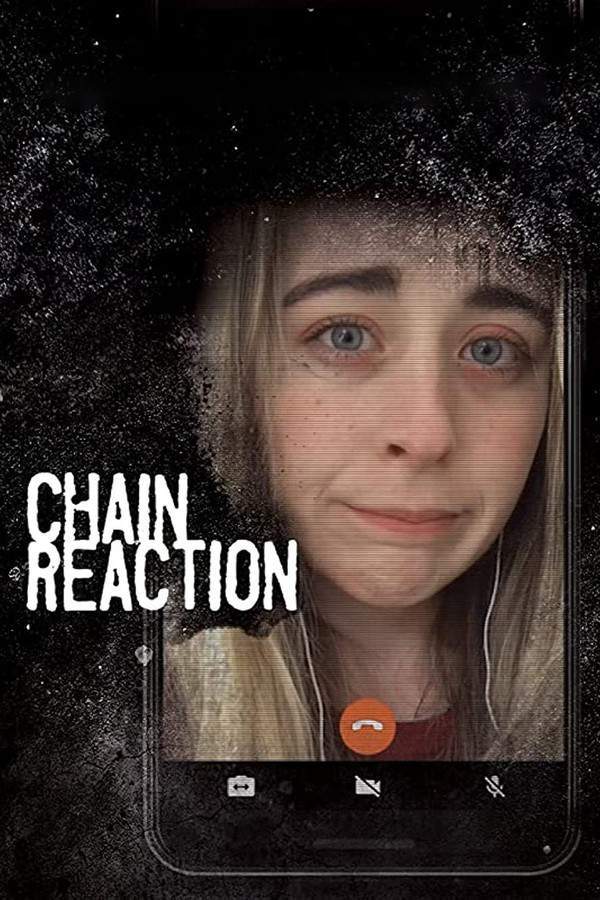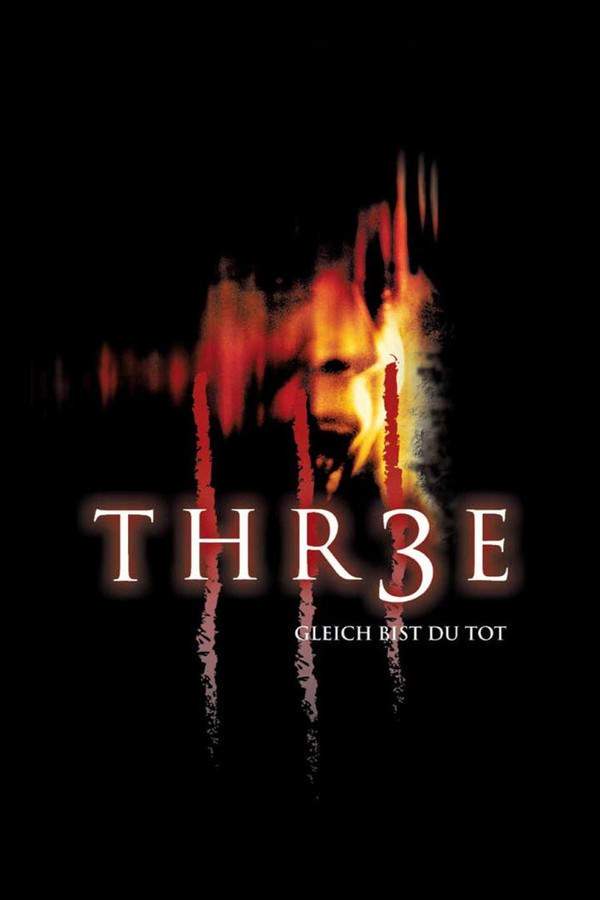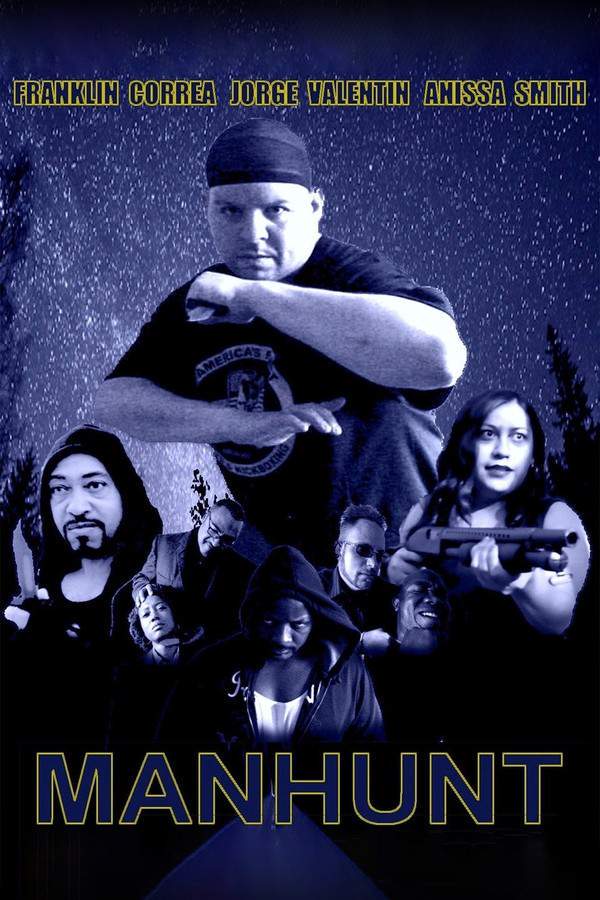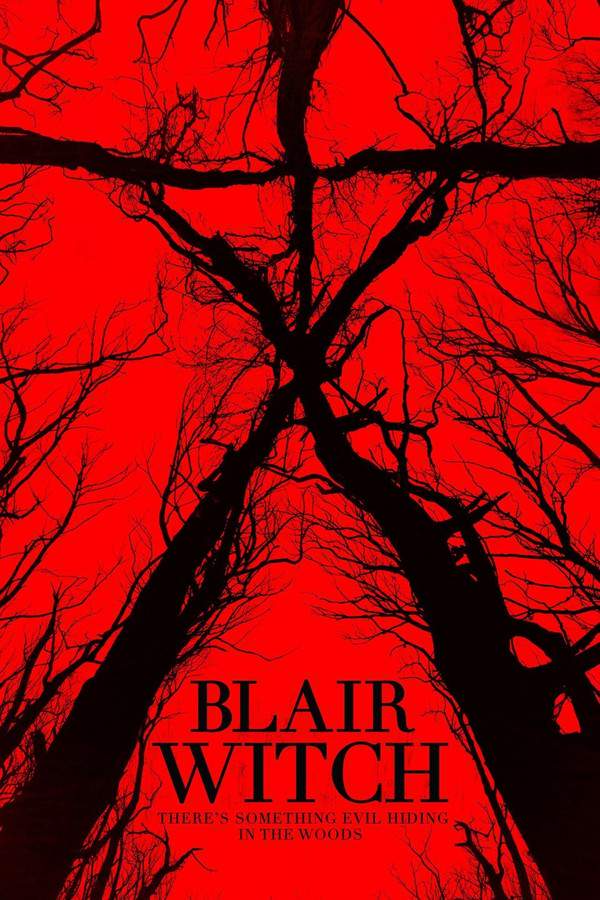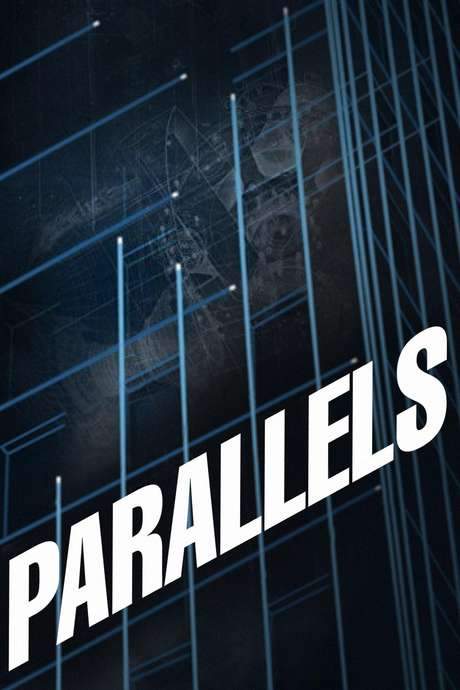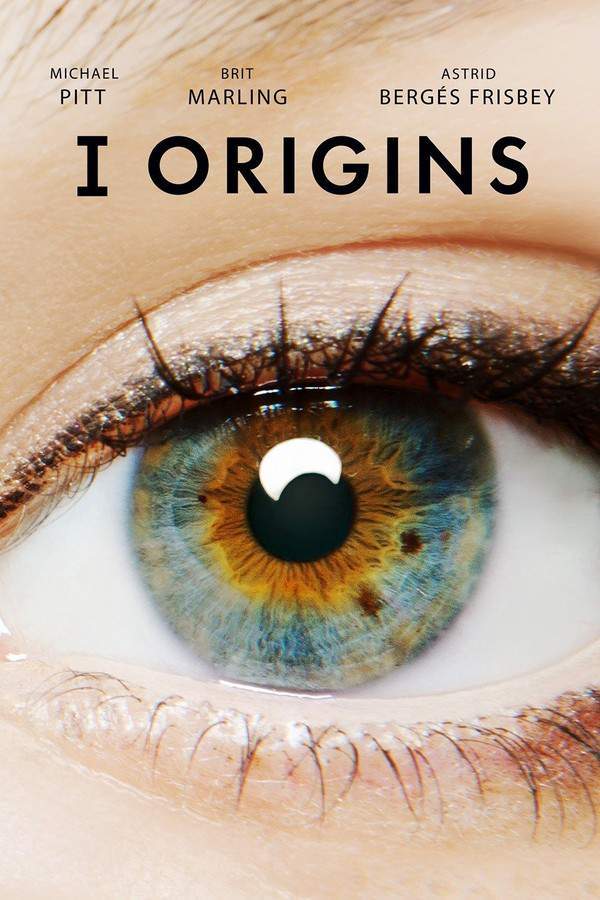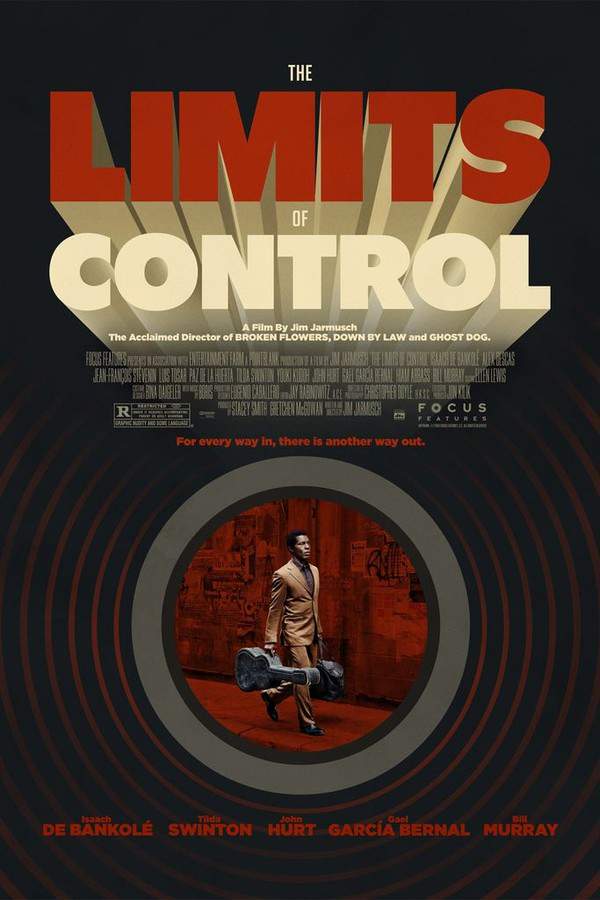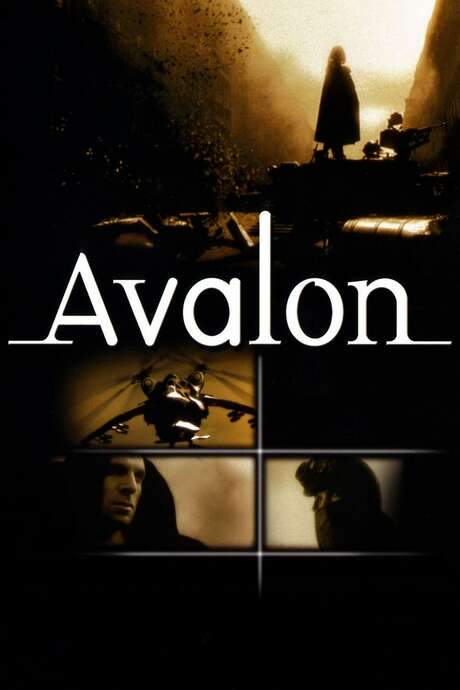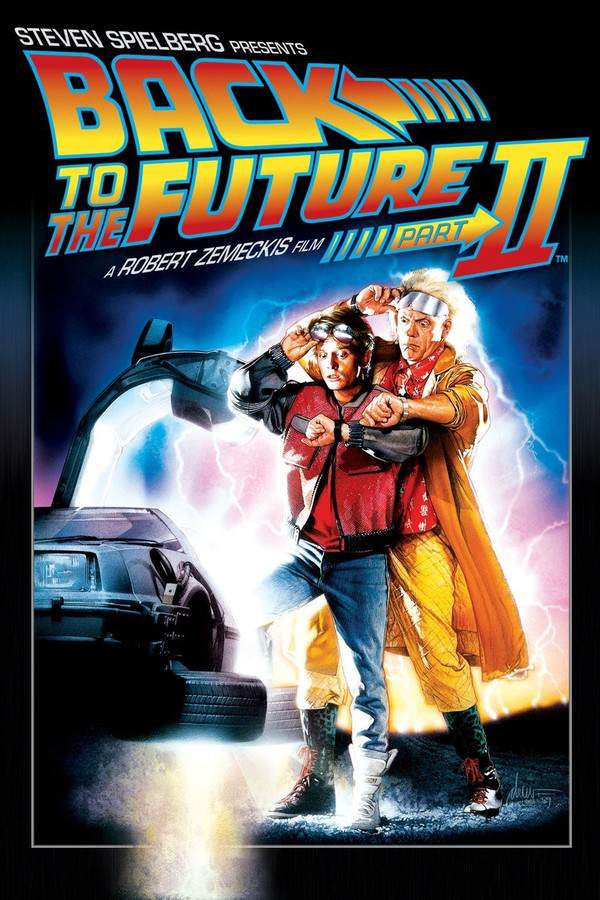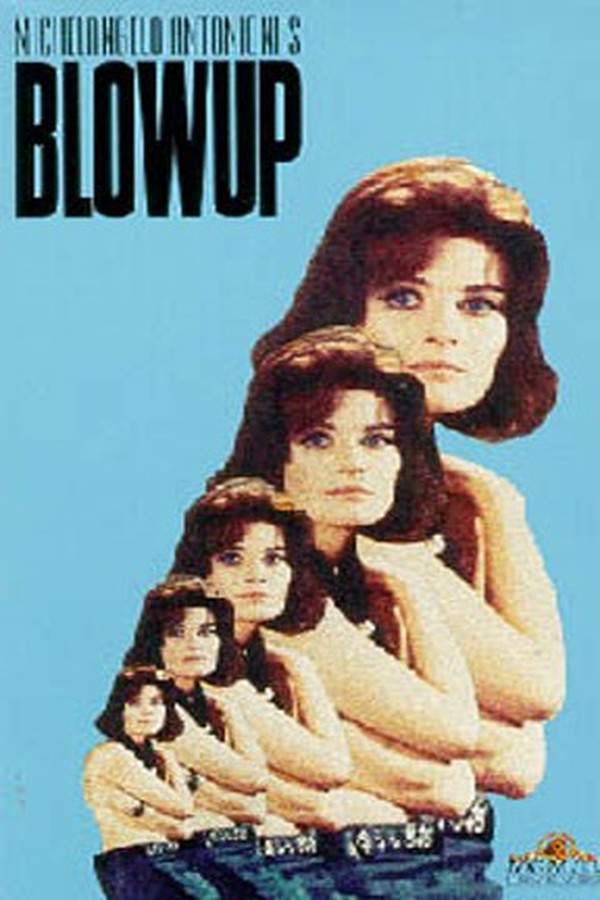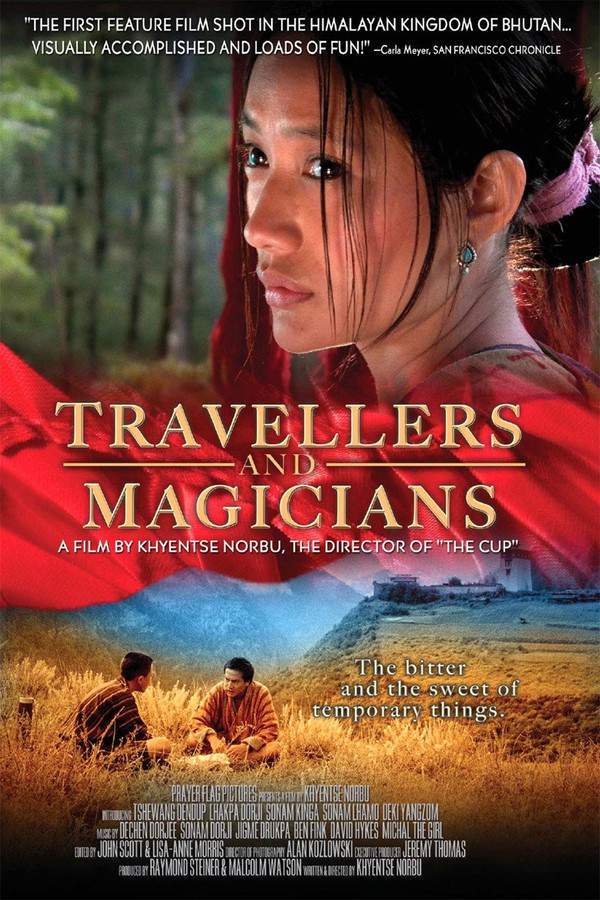
Lunopolis
Year: 2010
Runtime: 98 mins
Language: English
When two documentary filmmakers stumble upon proof of a concealed lunar base, their investigation leads them deep into a forgotten chapter of Earth's past. As they piece together the hidden history, they find themselves drawn into a dangerous conspiracy that threatens what humanity believes to be true.
Warning: spoilers below!
Haven’t seen Lunopolis yet? This summary contains major spoilers. Bookmark the page, watch the movie, and come back for the full breakdown. If you're ready, scroll on and relive the story!
Lunopolis (2010) – Full Plot Summary & Ending Explained
Read the complete plot breakdown of Lunopolis (2010), including all key story events, major twists, and the ending explained in detail. Discover what really happened—and what it all means.
Footage on the news suggests a paranormal event may be real, and the story unfolds like a creeping mystery that blends conspiracy theories with science fiction. Twelve days earlier, on December 9, 2012, a conspiracy-themed radio show receives a call from a man who claims to work at Area 51, describing a secret civilization on the Moon before the line is cut. George Larson, the host, is skeptical at first, dismissing it as a hoax until a photo album arrives that contains enough evidence to push him to hire a documentary crew to investigate. The crew is led by Matt and Sonny, who dive into the strange clues with a mix of curiosity and caution. Their investigation hinges on a decades-old Polaroid that shows a man in modern clothing, an image that should not exist in that context, and the back of the photo bears a cryptic series of numbers. Decoding these numbers reveals GPS coordinates dangerously close to their home in Louisiana, pulling them toward a mystery that feels both intimate and otherworldly.
When they reach the coordinates, a hidden hatch opens into an underground warehouse, a stark space that holds more questions than answers. Inside, they discover a mysterious device they cannot identify, a curious harness-like apparatus that seems to respond to their touch. Driven by a mix of bravado and scientific curiosity, they switch it on, and the experience quickly turns dangerous. The device seems to interact with the wearer in unpredictable ways, and Sonny, who is wearing the harness, experiences a disorienting moment that lands him in the hospital for a short time. The incident underscores the crew’s precarious position and raises the stakes of their reckless curiosity.
Seeking expertise, they bring the harness to Dr. Orin Raymond, a local professor who examines the odd device and a glowing green crystal found inside. He identifies the crystal as something extraterrestrial—material tied to lunar origins that raises even bigger questions about what mankind might be capable of and what has supposedly been hidden from the public. The discovery attracts attention from a group connected to the Church of Lunology, a movement that pushes a bold narrative: that a civilization exists on the Moon and that the government is concealing it. While the scientific questions swirl, the filmmakers and their team are themselves cornered by Lunology members who want the time machine device back, leading to tense confrontations and a high-speed chase that ends with a car lifting off into the sky and disappearing from view.
A note then guides them to David James, a former member of the lunar colony who provides crucial historical context. He explains the broader history: the lunar colony and Lunology are connected to a chain of experiments and ideologies, with the Moon’s crystal enabling immortality and time travel. In 2012, [J. Ari Hilliard] crafts a plan to push this technology back in time, sending the first mission back to 350 BC and setting in motion changes that ripple across timelines. The team learns that these changes have drawn a line between generations past and future, creating a dangerous tension between those who want to experiment with time and those who fear the consequences. As the narrative unfolds, the Lunology movement and the lunar colonists diverge, each pursuing the crystal’s power in different ways, and the boundaries between timelines begin to blur.
As dissidents resist the unintended consequences of these experiments, the story deepens into a meditation on power, immortality, and the fragility of reality itself. Hilliard, once convinced that immortality was a risk worth taking, becomes increasingly disillusioned, and his efforts to reveal the truth meet fierce resistance. His attempts to control or end the experiment run up against a broader force that seems determined to keep the moon-born technology out of earthly hands. In a sequence of pivotal moments, historical events like the Roswell incident become entangled with the pursuit of the crystal, showing how the past and future can collide when immortality and time travel are on the table. The crystal’s existence appears tethered to a single point across all timelines, making it a prize that both the lunar colony and Lunology must recover before more chaos erupts.
The pursuit culminates in a dramatic confrontation at the Lunarists’ table, where the immortal future version of Hilliard reveals himself and drives a shocking turn of events. He confronts the past self and, in a decisive moment, kills the older version to prevent further time travel, underscoring the ethical and existential dilemmas at the heart of this saga. In a final, visually striking beat, the Polaroid figure from the original photograph steps into the meeting room, and the timelines seem to intertwine behind him. He reaches for the crystal and the crew’s camera, his eyes briefly glowing green behind sunglasses, signaling that the mystery may be far from over and that the line between fact and fiction—between one timeline and another—remains dangerously thin.
This story, rooted in a grounded sense of realism through its detective tone, gradually unfurls into a layered meditation on memory, time, and humanity’s urge to reach beyond its limits. It asks whether the pursuit of knowledge is worth the personal and global risks it entails, and whether immortality is a gift or a trap. As the final images linger, viewers are left with a sense of unfinished business—a hint that the truth about the Moon, the crystal, and the timelines might resurface in future revelations, inviting new observers to pick up where this investigation left off.
Last Updated: October 10, 2025 at 16:05
Explore Movie Threads
Discover curated groups of movies connected by mood, themes, and story style. Browse collections built around emotion, atmosphere, and narrative focus to easily find films that match what you feel like watching right now.
Found-Footage Conspiracy Thrillers like Lunopolis
Documentary-style investigations that uncover world-altering secrets and threats.If you liked the investigative, documentary feel of Lunopolis, this thread features movies that use found-footage to explore deep conspiracies. Discover films where characters uncover hidden truths, leading to tense chases and paranoid suspense, perfect for fans of similar mystery and science fiction stories.
Narrative Summary
The narrative follows amateur investigators—often journalists or filmmakers—who stumble upon a hidden truth. Their initial curiosity turns into a frantic fight for survival as they are pursued by powerful, shadowy forces. The story unfolds through the evidence they gather, creating a puzzle-box structure where each new clue raises the stakes.
Why These Movies?
These movies are grouped by their shared format and narrative engine: the vérité style of found-footage and the central theme of uncovering a dangerous conspiracy. They create a specific vibe of claustrophobic tension and 'what if this was real?' plausibility, appealing to viewers who enjoy immersive, high-stakes mysteries.
Mind-Bending Sci-Fi Mysteries like Lunopolis
Complex science fiction stories that challenge perception and unravel reality.For viewers who enjoyed the complex lunar mystery and time-travel elements of Lunopolis, this thread features similar science fiction movies with mind-bending plots. Explore stories involving government secrecy, fragile reality, and thought-provoking concepts that will keep you guessing long after the credits roll.
Narrative Summary
The narrative typically begins with a seemingly isolated bizarre event that, upon investigation, reveals a much larger and more complex hidden system—be it technological, temporal, or metaphysical. Characters are often outsiders who become entangled in a web of secrets, forcing them to question everything they know. The journey is intellectual and suspenseful, culminating in revelations that challenge fundamental truths.
Why These Movies?
These films are united by their focus on high-concept sci-fi mysteries that are intellectually stimulating and structurally complex. They share a tone of cerebral suspense and often feature ambiguous endings that prioritize big ideas and philosophical questions over neat resolutions, creating a deeply thought-provoking experience.
Unlock the Full Story of Lunopolis
Don't stop at just watching — explore Lunopolis in full detail. From the complete plot summary and scene-by-scene timeline to character breakdowns, thematic analysis, and a deep dive into the ending — every page helps you truly understand what Lunopolis is all about. Plus, discover what's next after the movie.
Lunopolis Timeline
Track the full timeline of Lunopolis with every major event arranged chronologically. Perfect for decoding non-linear storytelling, flashbacks, or parallel narratives with a clear scene-by-scene breakdown.

Characters, Settings & Themes in Lunopolis
Discover the characters, locations, and core themes that shape Lunopolis. Get insights into symbolic elements, setting significance, and deeper narrative meaning — ideal for thematic analysis and movie breakdowns.

Lunopolis Spoiler-Free Summary
Get a quick, spoiler-free overview of Lunopolis that covers the main plot points and key details without revealing any major twists or spoilers. Perfect for those who want to know what to expect before diving in.

More About Lunopolis
Visit What's After the Movie to explore more about Lunopolis: box office results, cast and crew info, production details, post-credit scenes, and external links — all in one place for movie fans and researchers.



